Last updated on January 22, 2024
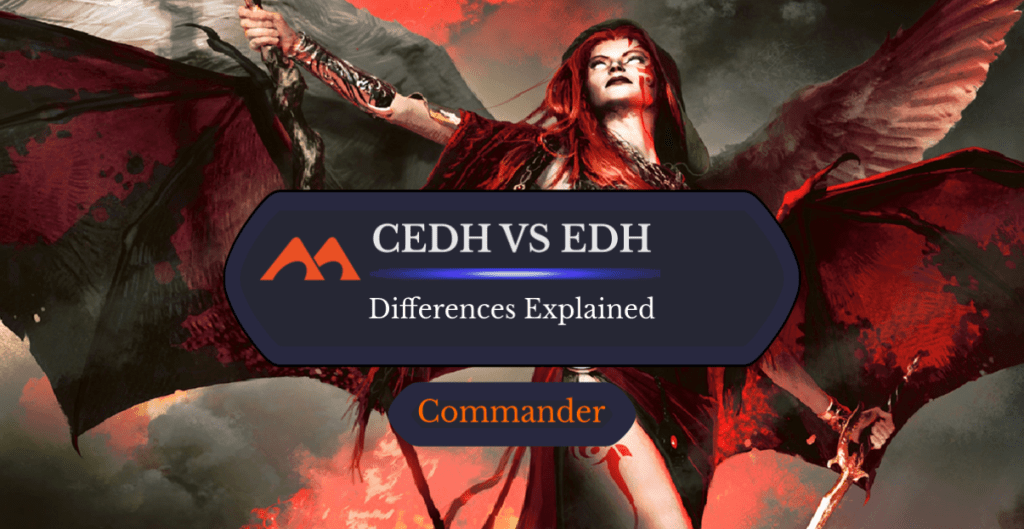
Kaalia of the Vast | art by Michael Komarck
Commander is known as the most popular format of Magic. The possibilities are endless with the over 1,600 legendary creatures to choose from to make your commander. With the partner mechanic, and its variants like choose a background and doctor’s companion, you can even have two commanders!
But did you know that there are two kinds of Commander based on competitiveness? They are called EDH and cEDH. Before we get into the key differences between cEDH vs EDH, let’s highlight the main definition of each one. Doing so will help to identify the key differences more clearly for new Magic players and EDH players who may have never heard of or tried cEDH.
What Is EDH?
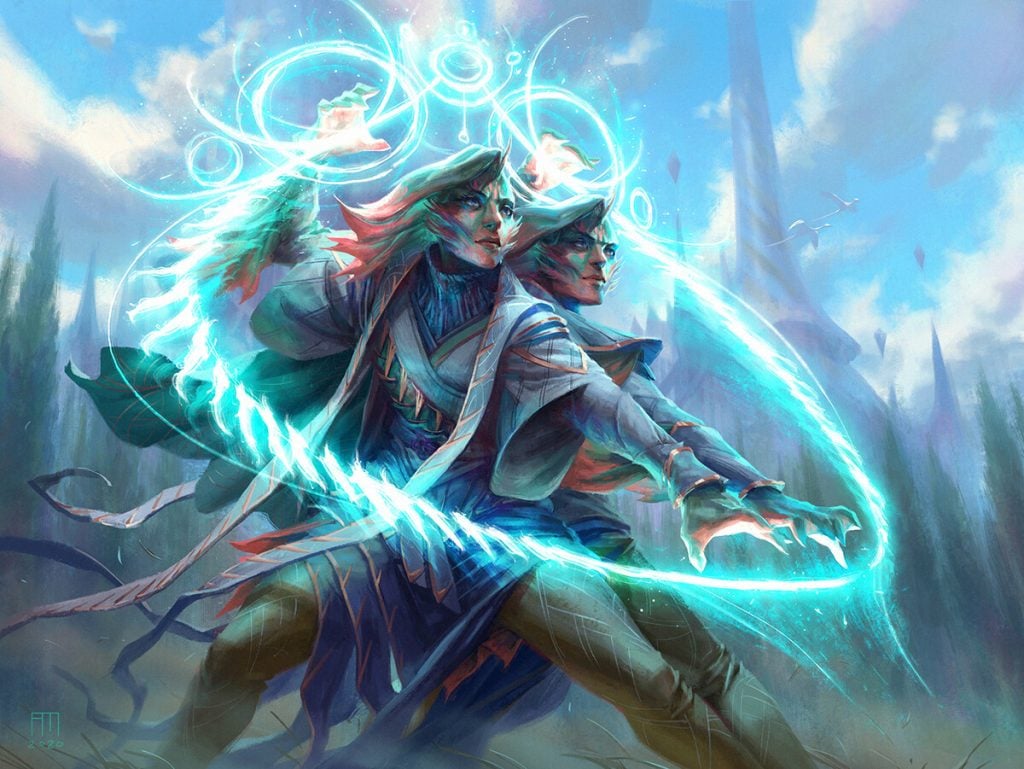
Adrix and Nev, Twincasters | Illustration by Andrew Mar
EDH as we know it today is also known as the Commander format. One legendary creature is the leader of a 100-card deck, and a Magic player builds the Commander deck around the color identity of said legendary creature.
For example, if you’re building a Commander deck around Adriana, Captain of the Guard, you can only utilize red, white, and colorless cards. Running an Adrix and Nev, Twincasters Commander deck means you can only build your deck using green and blue cards. And so on!
The History of EDH
Adam Staley was the original Magic fan and creator of the EDH format in the last half of the 1990s, when players built a deck based on the color identity of an Elder Dragon. This became a staple Magic game format for local players in the Anchorage, Alaska region. At the time, only Elder Dragons were allowed to be the leaders of decks in the formats, hence what the EDH acronym stands for: Elder Dragon Highlander.
Later, Sheldon Menery, who was at the Elmendorf Air Force Base in Alaska when he originally heard about and dabbled in the EDH format, wanted to find a way to make the format more unique and interesting for Magic players. Menery explained the format on a fan forum, Star City Games, then in 2005, Magic Pro Tour Manager Scott Larabee tested out Commander for the first time in a formal tournament with one of Sheldon’s personally constructed decks. A year after that, the Commander Rules Committee was born.
Commander became the main name of the EDH format in 2011 along with the release of the first preconstructed Commander decks, Commander 2011. They were:
- Heavenly Inferno featuring Kaalia of the Vast,
- Mirror Mastery featuring Riku of Two Reflections,
- Counterpunch featuring Ghave, Guru of Spores,
- Political Puppets featuring Zedruu the Greathearted,
- Devour For Power featuring The Mimeoplasm.
What Is cEDH?
cEDH stands for Competitive EDH, which is a more no-holds-barred version of EDH. Players craft Commander decks with the highest power levels possible.
The best creatures, mana rocks, lands, and other spells are all contained in a cEDH deck. The main goal of crafting a cEDH deck is to utilize the highest-powered spells for the lowest amount of mana to ramp quickly into the planned win condition.
For example, a popular cEDH win condition is to use Thassa's Oracle and Laboratory Maniac as the key pieces. Include Enter the Infinite in the deck to pull off this combo:
- Cast Enter the Infinite and put any card in your hand besides Thassa's Oracle on the top of your library.
- Use 2 blue mana to cast Thassa's Oracle.
- Thassa's Oracle’s ETB trigger occurs, which means you win the game.
#1. Cards for cEDH Are More Expensive Than EDH
EDH card staples are always cheaper than cEDH staples. This is why EDH is more budget-friendly for Commander players just starting out in the game or have limited resources to acquire cards.
The most popular cEDH mana rock staples like Mana Crypt, Jeweled Lotus, and Chrome Mox are much more expensive (ranging $75 to $150) than budget options like Sol Ring and Arcane Signet (as low as 50 cents to $1).
#2. Wins Happen Faster in cEDH Than EDH
cEDH players aim to win by turn 4 or 5 at the latest. This can make a cEDH game 10 minutes or less based on how many players are participating.
EDH games can drag on for an hour or more in a 4-player pod depending on how long players take to strategize and play their spells. Win conditions may be more janky or convoluted, which can prolong the game. For example, an EDH deck may need multiple cards to help secure a win condition versus a cEDH deck that may only need 2-3 cards to secure a victory.
#3. cEDH Decks Have a More Advantageous Land Base
EDH decks usually contain more basic lands and lands that tap for two or more colors, but they may come in tapped instead of untapped. cEDH decks have different types of lands like shock lands and fetch lands that make the build more advantageous to win faster than EDH ones.
Rather than lands that come in tapped like Frost Marsh and Arctic Flats, cEDH decks contain fetch lands like Flooded Strand and Wooded Foothills. The difference between the lands that come in tapped and the fetch lands are that you don’t have to wait a full turn cycle to gain access to that mana with the fetch lands.
Fetch lands in cEDH along with pain lands are a more advantageous land base than utilizing those lands that come in tapped. The highest-powered lands like Ancient Tomb, Polluted Delta, and Prismatic Vista are popularly in cEDH decks while Undergrowth Stadium, Mount Doom, and other budget lands are more in EDH deck.
#4. cEDH is More Fast-Paced Than EDH
cEDH players conduct a game of Commander in a more fast-paced manner than EDH players. While an EDH player may take their time to strategize how they want to play out their turn, EDH players already have their strategy in mind and play it out in about 30 to 45 seconds. Sometimes, it can take an EDH player a minute or two to complete a turn, depending on experience and how many spells they plan to play.
#5. EDH Is More Focused on Fun Versus cEDH’s Goal To Win
EDH players are looking more to have fun and see how their decks play out against other players with winning as the next goal behind that. Not cEDH players! They’re more focused on winning the game than having fun with it. This is why they aren’t afraid to spend the money necessary to get Magic’s highest-powered spells to be the most formidable at the table.
Should You Choose cEDH or EDH?
Whether EDH or cEDH is what you play, it follows the same rules and ban list. cEDH is more fast-paced with faster win conditions than EDH. On the other hand, EDH allows players to have more fun at the play table with winning as the secondary goal. If you're still deciding, maybe try duel commander to help you decide what you enjoy the most about playing Commander.
Wrap Up
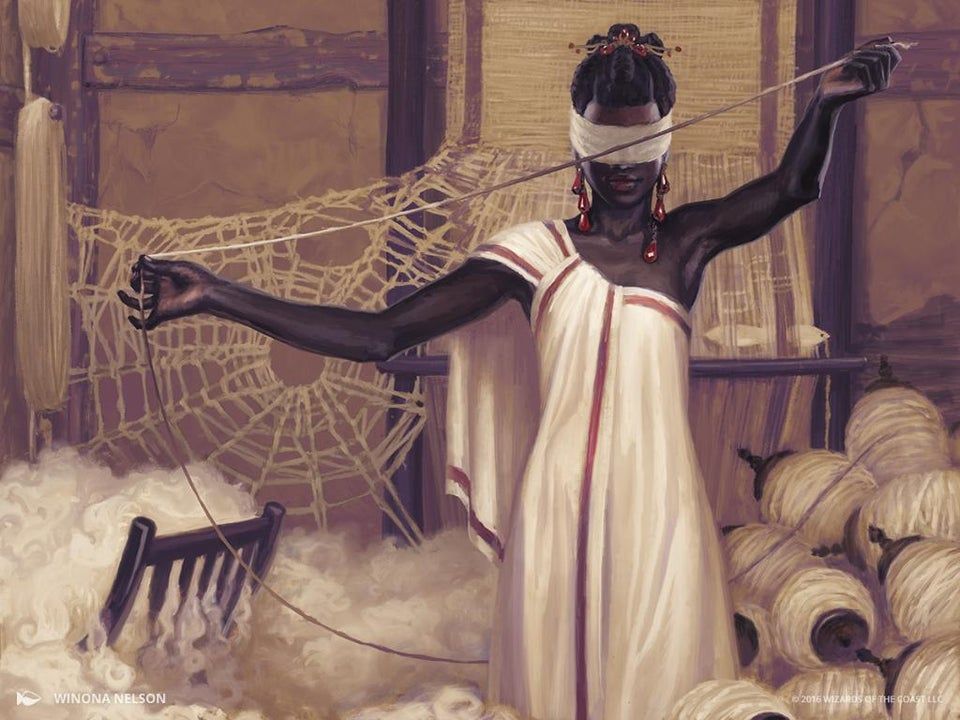
Tymna the Weaver | Illustration by Winona Nelson
If you never tried cEDH, are you ready to jump into the competitive mayhem of its gameplay? Browse the Draftsim blog for content that can help you with the best cEDH deck builds. Get updated on the latest cEDH builds by checking the Draftsim Facebook page.
Until then, brew some competitive or casual Commander decks and let your creative heart run wild when building them!
Follow Draftsim for awesome articles and set updates: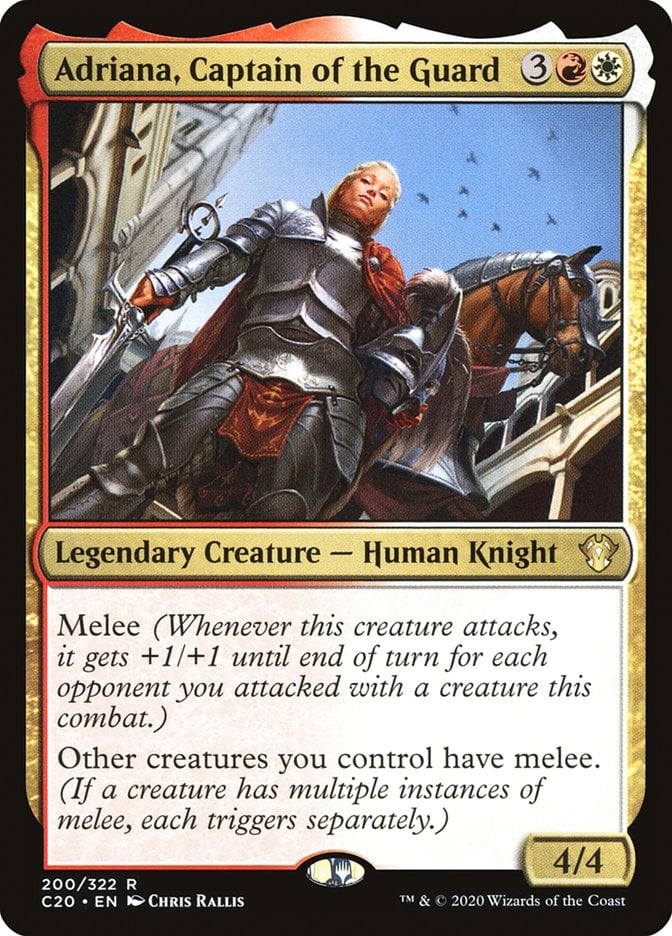
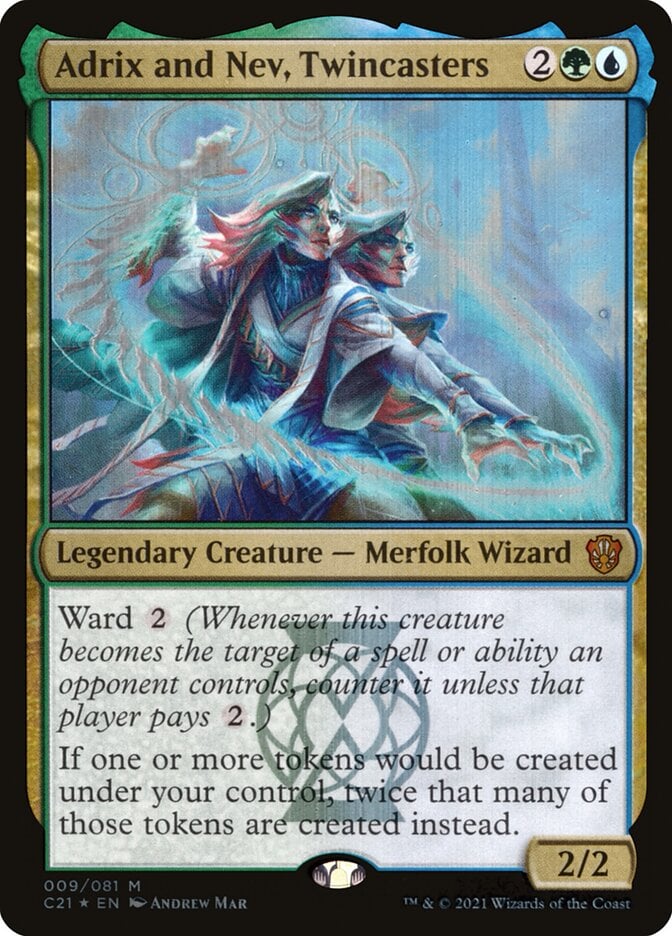

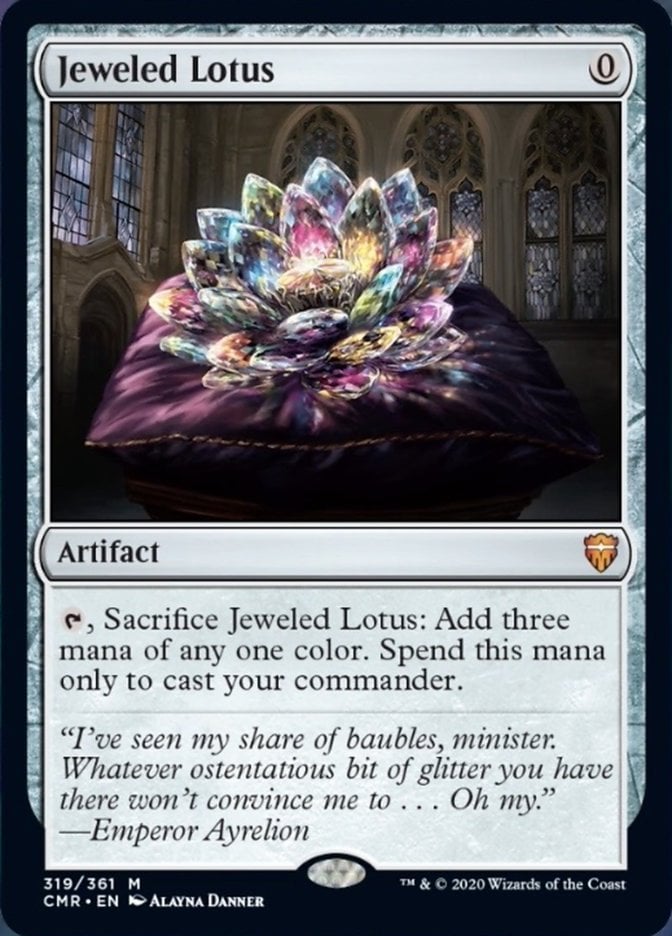
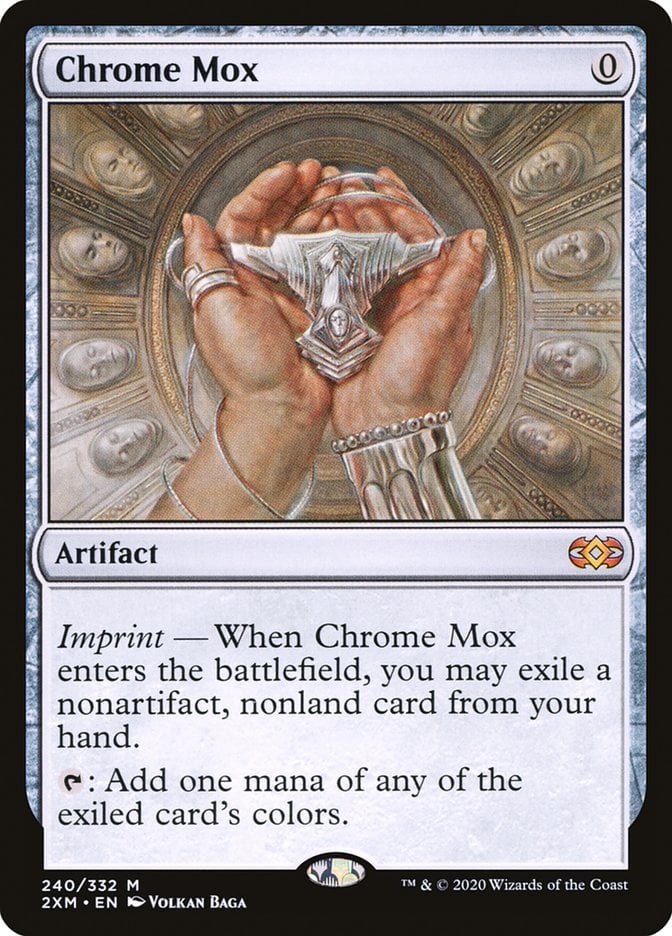

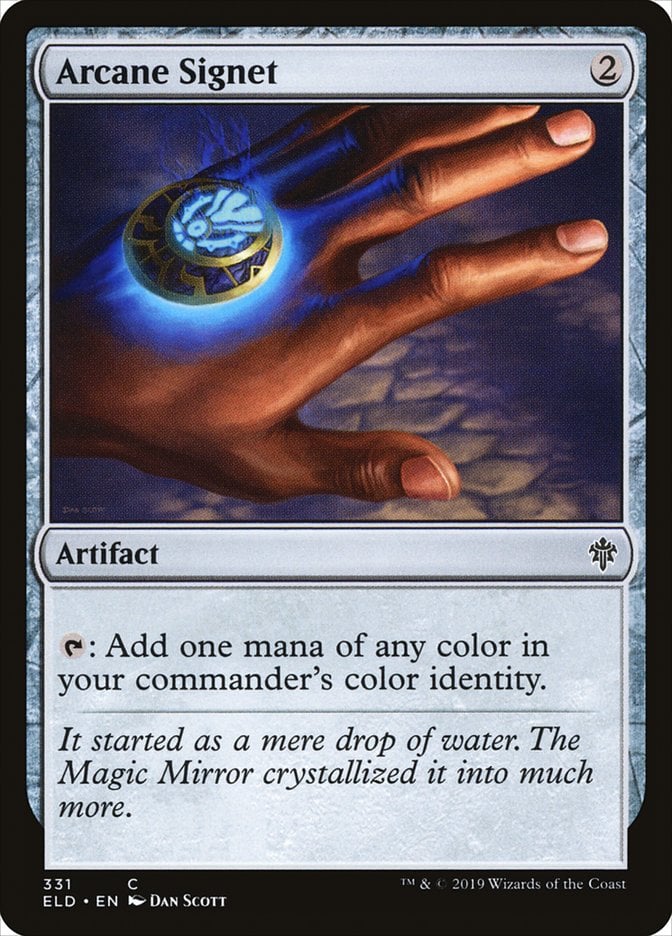
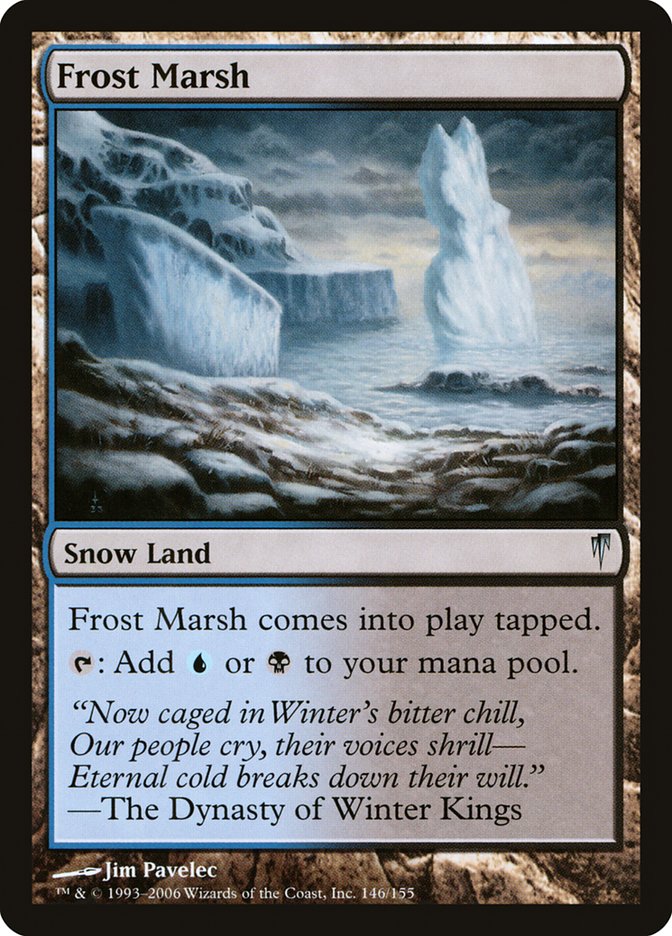
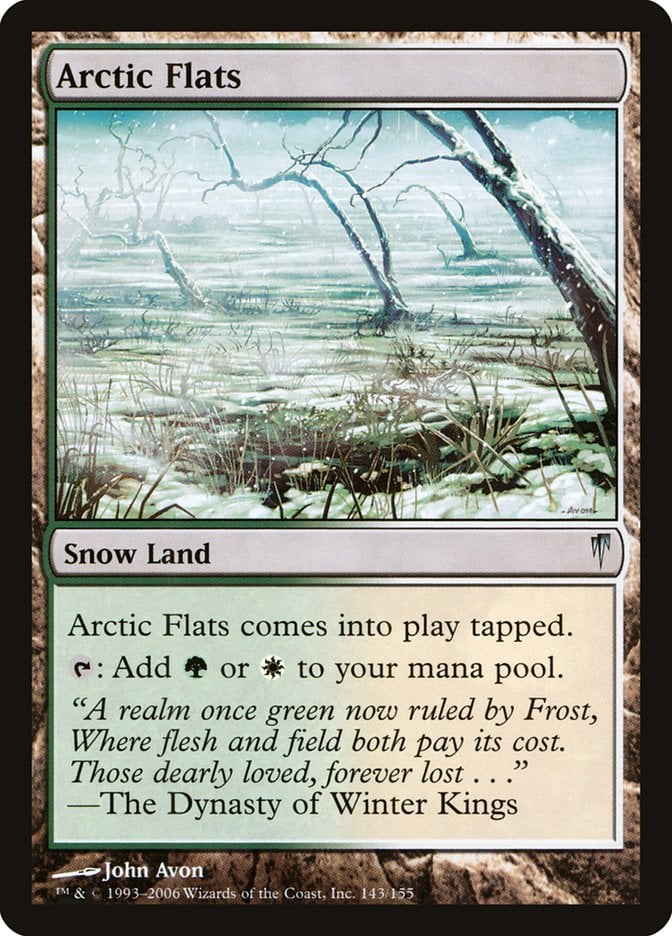
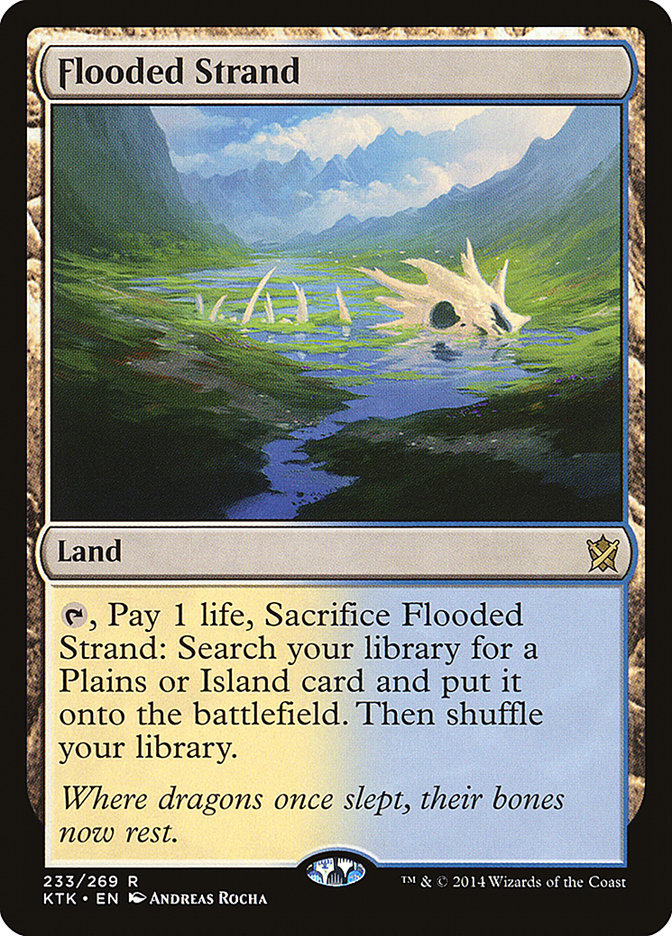
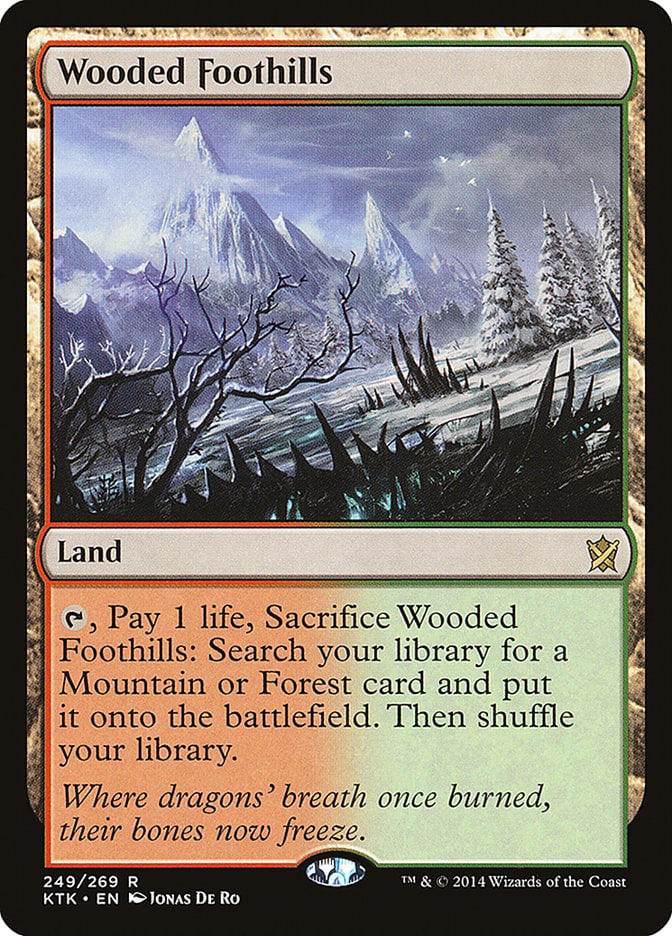




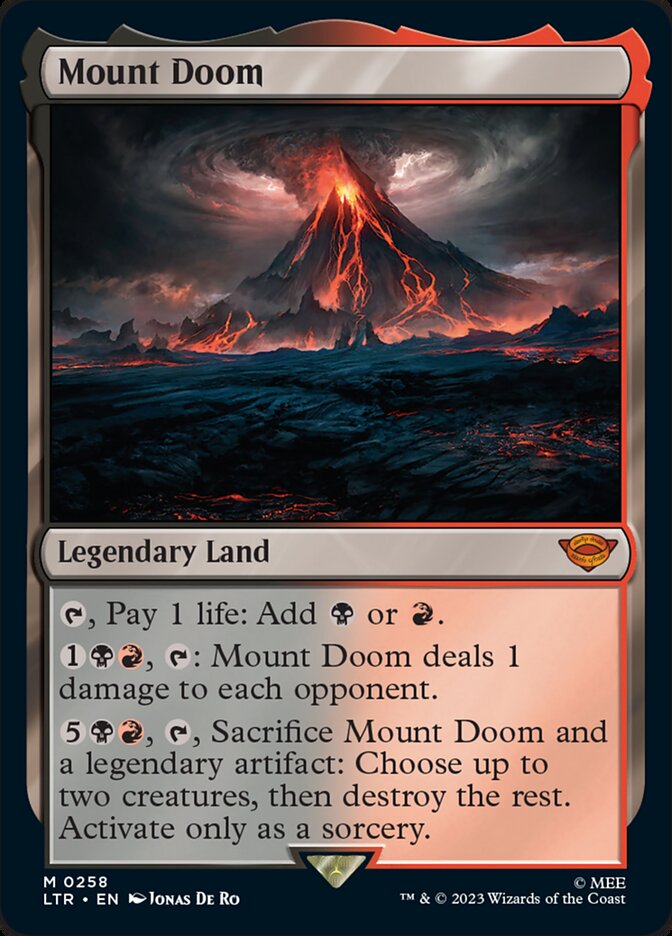
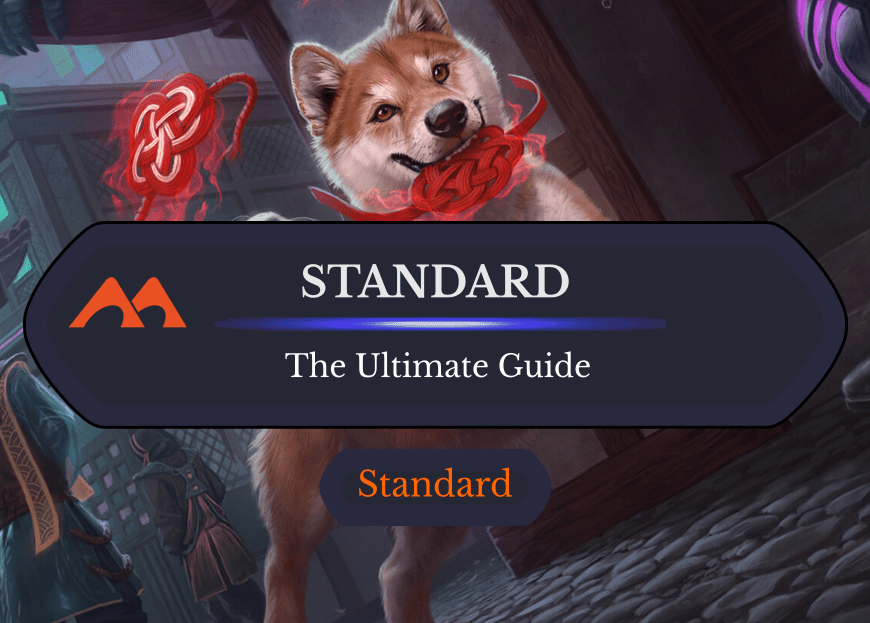

Add Comment